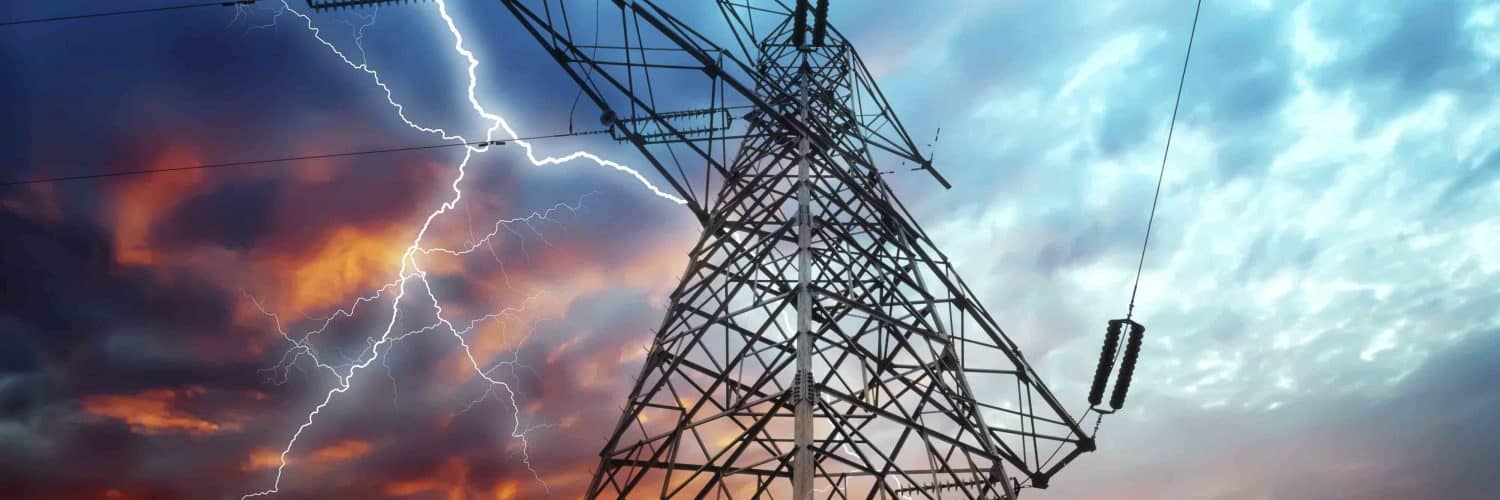Alberta’s weighted average Power Pool price for May is currently $89.85/MWh. There was very little movement from last week’s price of $90.64/MWh, resulting in a decrease of $0.79/MWh or 0.8%. A couple of days saw increased market volatility, which elevated prices most notably on the 20th and 26th, when prices settled to $161.65/MWh and $114.14/MWh, respectively. Provincial hourly demand has remained flat, decreasing just 4MW, while stable wind generation helped limit price spikes. Intermittent outages at Battle River 5, Genesee 3, Battle River 4 and Keephills 2, as well as Sheerness 1 and 2, contributed to elevated pricing levels throughout the week. On the 26th, the combination of 5 generator outages, totaling 2,473MW, was a main contributor to the price unpredictability; only Battle River 4 remains offline as of today.
The weighted average Hourly Ontario Energy Price (HOEP) is at 1.6¢/kWh for the month of May, unchanged compared to last week’s settle. Supply and demand levels have both jumped up compared to average May levels, with the increase in supply (+8%, 14,813MW) matching that of demand (+8%, 13,679MW). With summer-like temperatures in Ontario, natural gas generation has increased 82% (518MW) to supply demand response, while nuclear baseload output is also up 6% (9,323MW). Wind and biofuel have also increased their supply (+34%, 953MW; +30% 32MW), while hydro and solar have decreased theirs (-2%, 3,876MW; -1%, 32MW). Currently, with the first Global Adjustment estimated at 9.9¢/kWh and the first estimate recovery rate at 0.7¢/kWh, May’s total market price is 12.2¢/kWh.
In other electricity news, Alberta has officially joined Ontario (as well as Saskatchewan and New Brunswick) in plans to charge their province with small modular reactors (SMRs). SMRs are affordable, portable, and scalable nuclear reactors that can generate as little as 1MW and as much as 300MW of electricity. Because of their portability, SMRs are especially promising in remote areas, for both industrial and residential uses. Although Ontario heavily relies on nuclear power, Alberta has not previously focused on nuclear generation. With Alberta joining other provinces in developing SMR technology, the province remains committed to improving environmental and economic performance, with plans to use SMRs to replace coal-fired plants, as well as to provide clean power in the oil sands and to electrify remote communities. In the recently published Feasibility Report, Alberta anticipates deploying SMRs by 2030, while Ontario plans on having its Darlington-based SMR generating power by 2028.
– Mark Ljuckanov, Energy Advisor / Ryan Cosgrove, Energy Data Analyst / Sarah Clemente, Energy Data Analyst








Add comment